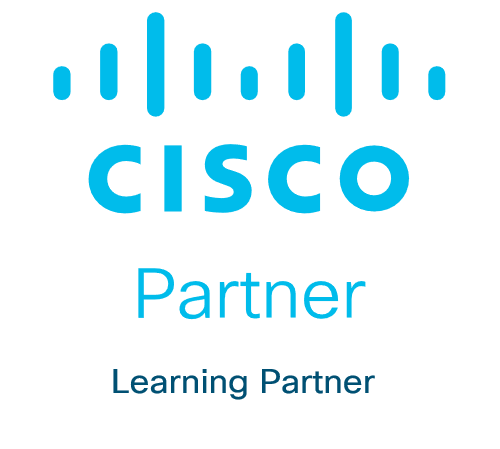What you’ll learn
In this course, you will gain expertise in establishing a label-switched network infrastructure to enable VPN services, leveraging Multiprotocol Label Switching (MPLS) or Segment Routing (SR). The curriculum covers the implementation and troubleshooting of both IPv4 and IPv6 Layer 3 VPN services, as well as Multicast VPN services using IOS XR. Additionally, participants will learn to deploy Ethernet VPN (EVPN) services, encompassing EVPN Integrated Routing and Bridging (EVPN IRB), EVPN-SR data center fabric, and advanced EVPN features.
Upon successful completion of the training, participants earn 24 Continuing Education (CE) credits, contributing to their recertification.
Who should enroll
- Network Engineers
- Systems Engineers
- Network Administrators
- Network Managers
- Network Designers
Technology areas
- Service Provider
Training overview
Prerequisites
The knowledge and skills you are expected to have before attending this course are:
- Familiarity with service provider network operation
- Familiarity with Cisco IOS XR software configuration and operation
- Ability to implement and troubleshoot routing protocol including OSPF, IS-IS, and Border Gateway Protocol (BGP) in a service provider network
These skills can be found in the following Cisco Learning Offerings:
Objectives
After taking this course, you should be able to:
- Implement and configure MPLS and describe MPLS label propagation in service provider networks
- Describe the main factors leading to the development and deployment of segment routing, describe the various types of segments that are used in segment routing, describe the Segment Routing Global Block (SRGB), and configure and verify Intermediate System to Intermediate System (IS-IS) and Open Shortest Path First (OSPF) segment routing operation
- Implement and configure Segment Routing IPv6
- Describe the components and functionality of Layer 3 MPLS VPNs implementation in Cisco IOS XR Software deployments
- Identify the routing protocol and LDP information necessary for Layer 3 MPLS VPN troubleshooting
- Discuss Multicast LDP (MLDP) implementation and troubleshooting method for Layer 3 multicast MPLS VPN
- Implement MPLS VPN solutions for IPv6 environments
- Describe common issues and fixes for provider edge to provider edge (PE-PE) and provider edge to customer edge (PE-CE) connectivity in an IPv6 MPLS VPN environment
- Implement Layer 2 VPN operations in a service provider environment
- Explain how EVPN gets around the problems that regular Layer 2 VPNs have, what the model for EVPN delivery is, and how to implement and troubleshoot EVPN solutions
- Explain the advantages of EVPN IRB, how it is implemented, and how to troubleshoot problems when building EVPN IRB solutions
- Demonstrate how to configure EVPN-SR data center fabric solutions
- Explain advanced EVPN features to support network engineers in designing, implementing, and troubleshooting complex EVPN networks
Outline
- Cisco IOS XR Software MPLS Operation and Implementation
- Segment Routing Fundamentals
- Segment Routing IPv6
- Layer 3 MPLS VPN Implementation with Cisco IOS XR Software
- Layer 3 MPLS VPN Troubleshooting
- Layer 3 Multicast MPLS VPN Implementation
- Layer 3 IPv6 MPLS VPNs Implementation
- Layer 3 IPv6 MPLS VPN Troubleshooting
- Layer 2 VPNs and Ethernet Services Fundamentals
- Cisco IOS XR Software EVPN Operation and Implementation
- Cisco IOS XR Software EVPN IRB
- EVPN-SR Data Center Fabric
Lab outline
- Configure and Verify MPLS
- Configure and Verify Segment Routing
- Configure and Verify SRv6
- Configure and Verify Layer 3 VPN
- Implement 6VPE
- Configure and Verify EVPN Virtual Private Wire Service (VPWS)



